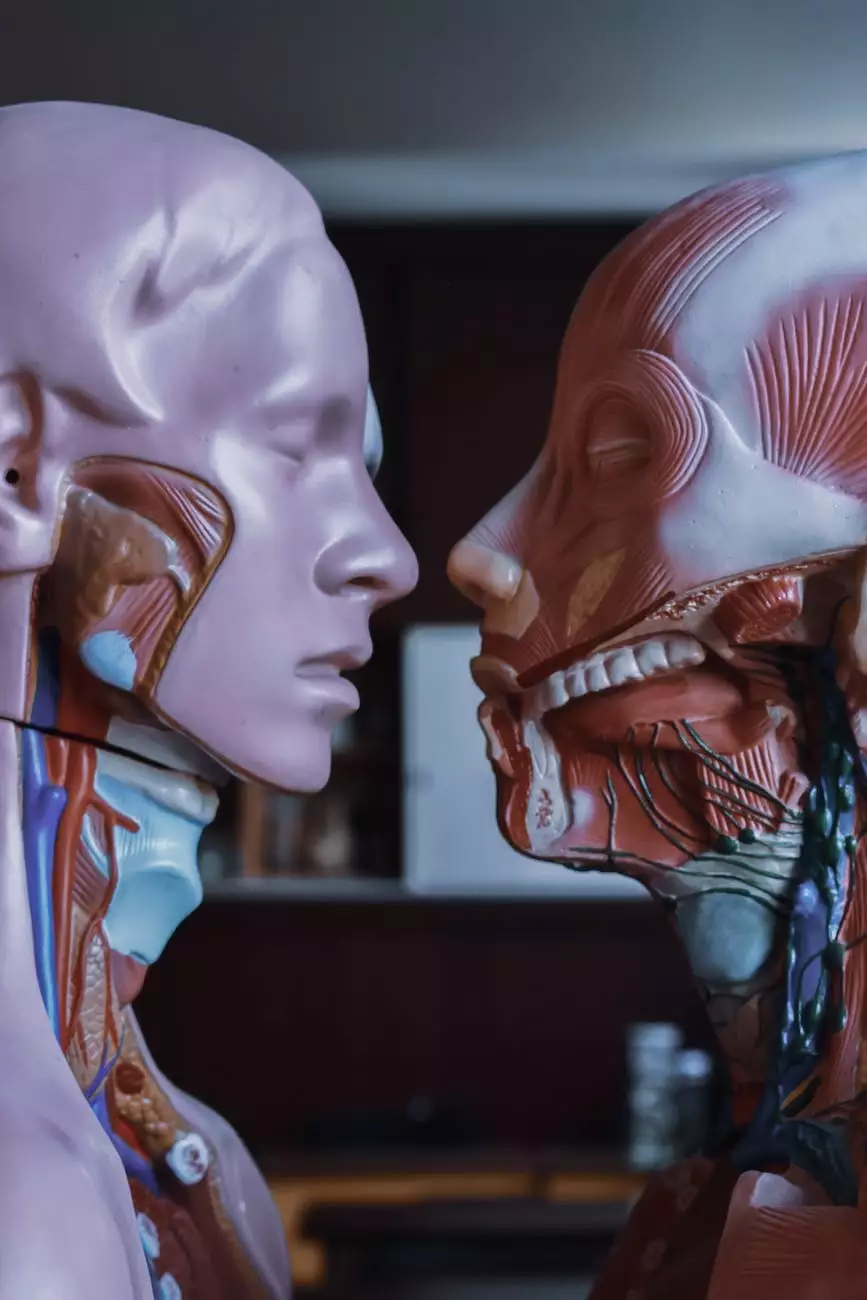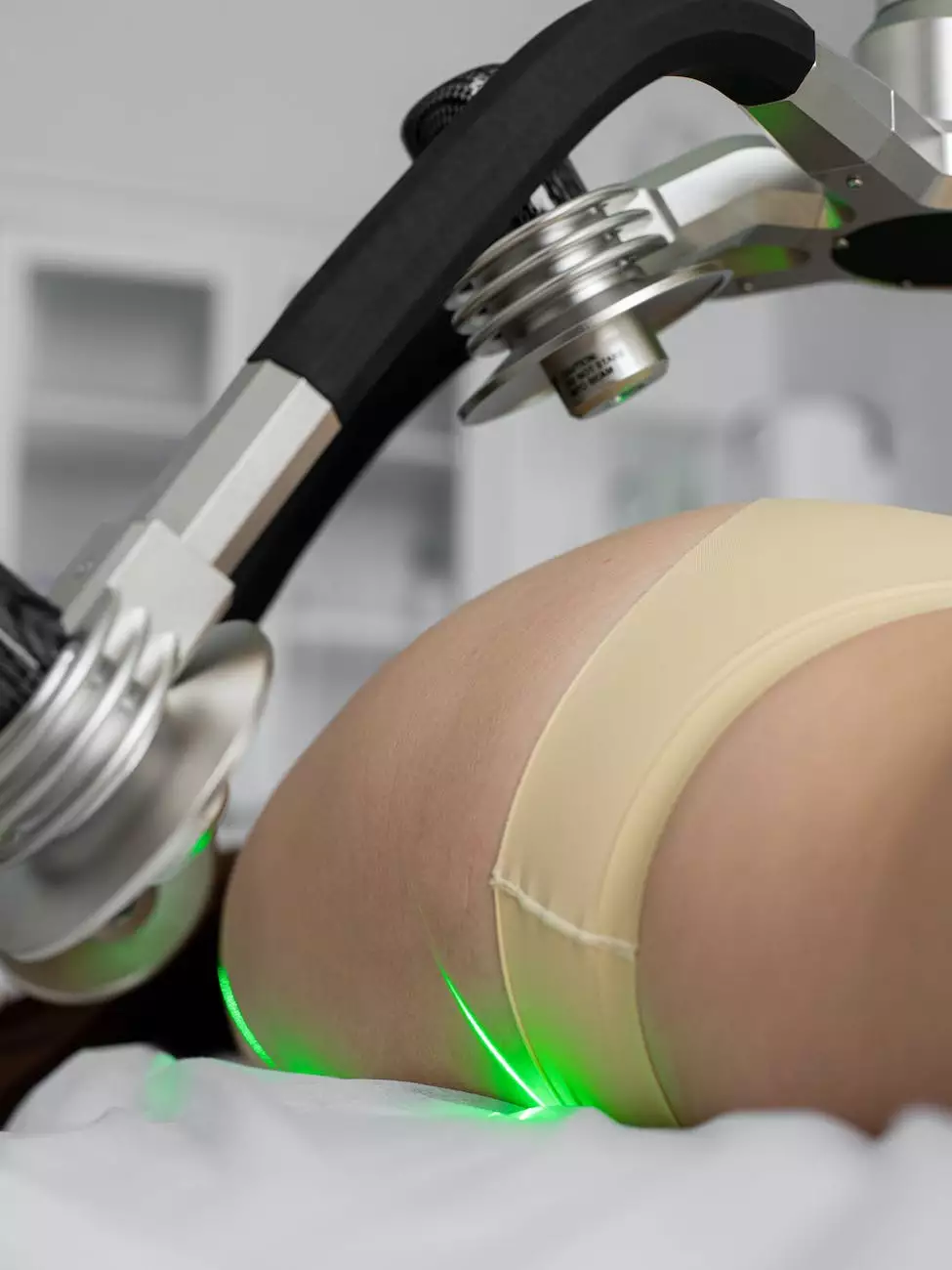Why Do X-Rays Sometimes Miss Fractures?

When it comes to diagnosing fractures, X-rays are often the go-to imaging tool. However, there are instances where X-rays can miss fractures or present ambiguous results. This article aims to explore the reasons behind X-rays missing fractures and shed light on alternative diagnostic methods offered by Body Fusion.
The Complexity of Fractures
Fractures can vary in their presentation, severity, and location. Some fractures may be easy to detect on an X-ray due to a clear line or gap visible on the images. However, others may present as hairline or hidden fractures, making them more challenging to identify using X-rays alone.
Factors such as the size, orientation, and position of the fracture, as well as the clarity and positioning of the X-ray images, can influence the detection of fractures. Additionally, soft tissue swelling or overlapping bones can further obscure the visibility of fractures on X-rays.
Limited Sensitivity of X-Rays
X-rays are primarily focused on evaluating bone structures, and their sensitivity to soft tissues or minor fractures may be limited. This limitation can result in misses or false negatives, especially in cases where the fracture is small or the bone is not fully matured. In such instances, additional imaging techniques may be necessary to ensure accurate diagnosis.
Alternative Diagnostic Methods at Body Fusion
At Body Fusion, we understand the importance of accuracy and comprehensive diagnosis for effective treatment. In cases where X-rays may not provide a clear picture, we utilize advanced imaging technologies to complement our diagnostic approach.
Magnetic Resonance Imaging (MRI)
MRI scans are highly effective in visualizing soft tissues, ligaments, tendons, and fractures that may not be apparent on X-rays. This non-invasive technique uses powerful magnets and radio waves to create detailed images of the internal structures of the body. By combining MRI results with X-rays, we can ensure thorough and accurate diagnoses.
Computed Tomography (CT) Scans
CT scans provide cross-sectional images of bones, giving us a more detailed view of complex fractures. This imaging technique uses a series of X-ray images taken from different angles, which are then processed by a computer to create a 3D representation of the affected area. CT scans are particularly helpful in assessing fractures with intricate anatomy or when surgical intervention may be required.
Ultrasound
Ultrasound imaging is primarily used to evaluate soft tissues, such as muscles and tendons. Although it may not directly visualize fractures, ultrasound can help diagnose associated injuries or evaluate the healing progress of fractures. It is a valuable tool in combination with other imaging methods.
The Importance of Expert Diagnosis and Treatment
While X-rays remain an essential component of fracture diagnosis, it is crucial to rely on the expertise of medical professionals to ensure an accurate assessment. At Body Fusion, our experienced team of orthopedic specialists, radiologists, and technologists work together to provide comprehensive evaluation and treatment plans tailored to each patient's unique needs.
We understand that the accurate detection of fractures is crucial for determining the appropriate treatment approach. By combining a range of imaging techniques and extensive clinical experience, we strive to deliver the highest level of care to our patients.
Contact Body Fusion for Accurate Fracture Diagnosis
If you suspect a fracture or have concerns about a misdiagnosis, contact Body Fusion for a thorough evaluation. Our team of experts is dedicated to helping you achieve an accurate diagnosis, effective treatment, and speedy recovery. Don't let a missed fracture delay your healing - reach out to Body Fusion today.










